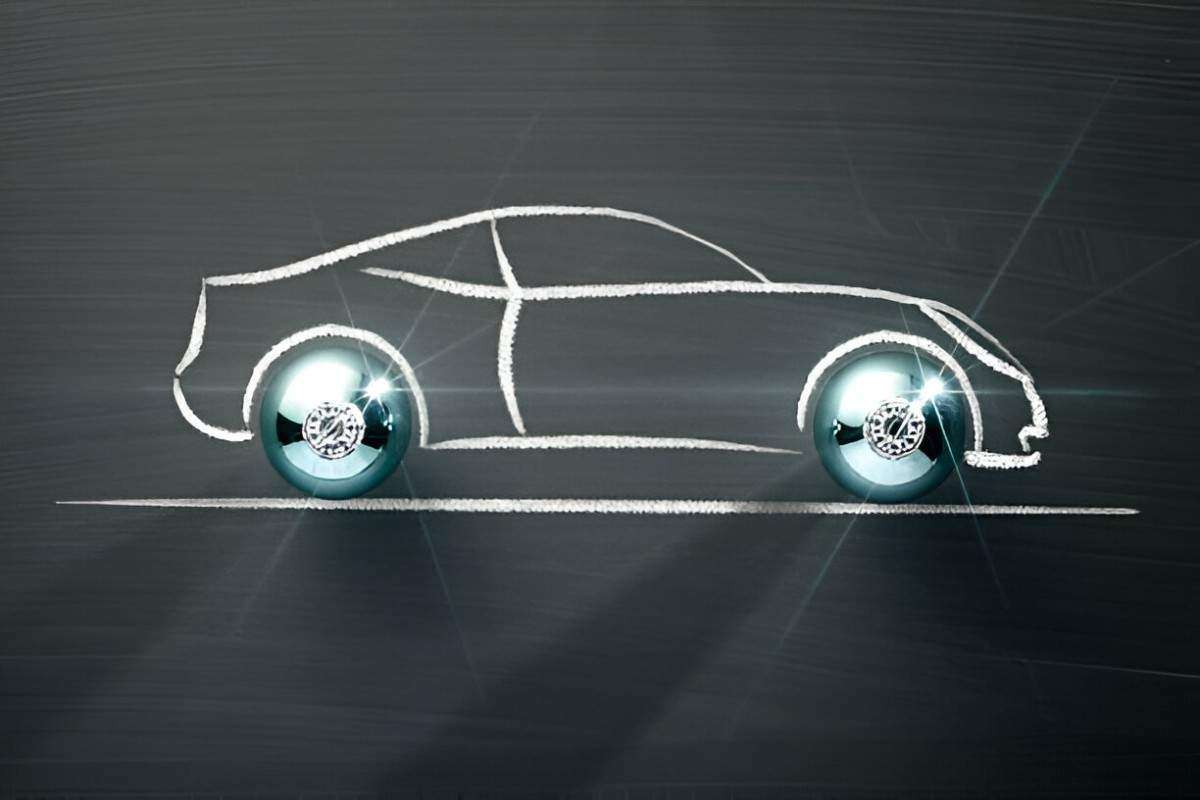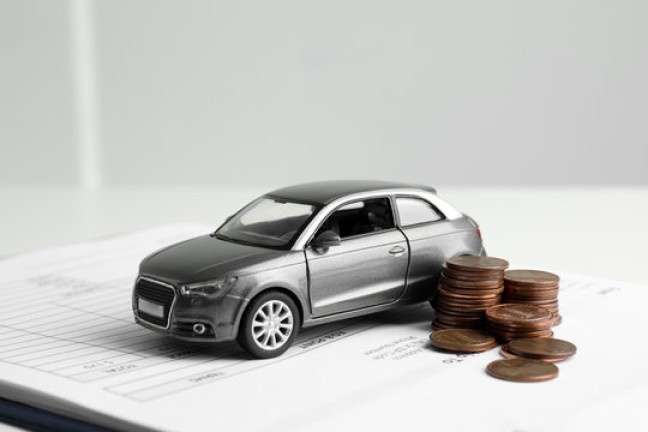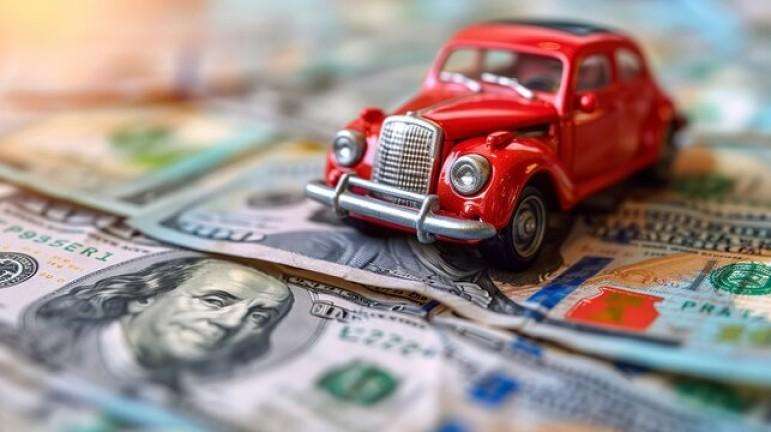When it comes to buying a car, one of the most common ways to finance the purchase is through a loan. With many options available, finding the best car finance deal can feel overwhelming. One option that stands out is Barclays car finance, a service offered by Barclays Bank, which allows you to spread the cost of your vehicle purchase over a set period. In this article, I will walk you through everything you need to know about Barclays car finance. I’ll explain how it works, the different types of finance available, and how you can decide whether it’s the right option for you.
Table of Contents
What Is Barclays Car Finance?
Barclays car finance is a financial product designed to help individuals purchase a car. It provides a way to borrow money from Barclays to buy a car and pay it back over time. The loan terms usually range from 24 to 60 months, depending on the agreement you make with Barclays. While you make monthly payments, the bank holds onto the car’s title, meaning you don’t technically own the car until the full loan is paid off.
Types of Barclays Car Finance
When considering Barclays car finance, it’s important to understand the different types of car finance they offer. These can affect how much you pay each month, how long you’ll be making payments, and whether you can own the car outright at the end of the term. The two main types of car finance options available through Barclays are:
- Personal Contract Purchase (PCP)
- Hire Purchase (HP)
Let’s break down both of these options.
1. Personal Contract Purchase (PCP)
PCP is one of the most popular car finance options in the UK. With PCP, you’re essentially agreeing to pay for the depreciation of the car over the term of the loan rather than the entire value of the car. At the end of the contract, you have the option to either:
- Return the car: You can hand the car back to Barclays with no further financial obligation, provided it’s within the agreed mileage and in good condition.
- Pay a lump sum (balloon payment): You can pay a final lump sum, called the “optional final payment,” to buy the car outright.
- Part-exchange the car: You may be able to trade in the car towards a new one, which could lower the cost of your next finance deal.
The biggest advantage of PCP is flexibility. You get the option to decide what happens at the end of the term, which can give you peace of mind if you’re not sure whether you’ll want to keep the car long-term.
Let’s take a look at an example of how PCP works:
Example of PCP Financing
Let’s assume you want to purchase a car with a market value of £15,000. The term of the finance agreement is 36 months, and the APR is 6%. The estimated depreciation value of the car is £6,000 at the end of the term.
Here’s how the payment structure could look:
| Item | Amount (£) |
|---|---|
| Car Value | 15,000 |
| Estimated Depreciation | 6,000 |
| Amount to Finance (Loan Amount) | 9,000 |
| Monthly Payment (36 months) | 270 |
| Optional Final Payment (Balloon Payment) | 6,000 |
In this example, you will pay £270 per month for 36 months. After 36 months, you can either:
- Return the car: You return the car to Barclays with no further payments (as long as the car meets the agreed condition and mileage).
- Make the balloon payment: You pay the optional £6,000 to keep the car.
- Part-exchange: You can trade the car in and potentially lower the cost of your next car finance deal.
2. Hire Purchase (HP)
Hire Purchase is another option you can choose with Barclays. With HP, you are agreeing to pay off the full value of the car over a set period of time. Once the loan is paid off, you own the car outright. The monthly payments are typically higher than PCP because you’re paying off the entire cost of the car, not just its depreciation.
One of the key advantages of HP is that you know exactly when the car will be yours, and you don’t have to worry about balloon payments or mileage restrictions. If you prefer to own the car outright at the end of the term, HP could be the better choice.
Example of HP Financing
Let’s take the same car example where the car’s value is £15,000, the term is 36 months, and the APR is 6%. Here’s how the payment structure could look for Hire Purchase:
| Item | Amount (£) |
|---|---|
| Car Value | 15,000 |
| Loan Amount (Full Finance) | 15,000 |
| Monthly Payment (36 months) | 460 |
| Total Paid Over 36 Months | 16,560 |
In this case, you will pay £460 per month for 36 months. At the end of the agreement, you own the car outright.
Advantages of Barclays Car Finance
Both PCP and HP offer unique benefits, but Barclays car finance has a few specific advantages to consider.
- Flexible Payment Options: You can choose the term of the loan (from 24 to 60 months) and adjust the size of your monthly payments accordingly. If you want lower monthly payments, you can extend the term, but keep in mind that this will increase the total amount of interest you pay.
- Competitive Interest Rates: Barclays offers competitive interest rates on both PCP and HP agreements, making them a good option for people with good credit scores.
- Personalized Service: Barclays works with each customer to determine the best loan terms for their situation. You can get a quote online and apply quickly, making it easy to understand exactly how much you’ll pay each month.
Disadvantages of Barclays Car Finance
However, there are some downsides to keep in mind as well.
- Mileage Limits (PCP): If you choose PCP, you’ll likely face mileage limits, which can result in extra charges if you go over the agreed-upon limit. This is something to watch out for if you plan on using your car a lot.
- Interest Charges: Like most loans, car finance agreements come with interest charges, and if you choose a longer term, you may end up paying more in interest overall.
- Not Always the Cheapest Option: While Barclays offers competitive rates, car finance through dealerships or other providers might offer lower rates in some cases. It’s always worth comparing different options.
How to Apply for Barclays Car Finance
Applying for Barclays car finance is a simple process. Here’s a step-by-step guide to help you:
- Check Your Credit Score: Before applying, it’s a good idea to check your credit score. Barclays will perform a credit check as part of the application process, and having a good credit score can improve your chances of being approved for a loan with a favorable interest rate.
- Use the Online Calculator: Barclays offers an online calculator to help you estimate how much you can borrow and what your monthly payments will be. This can give you a good idea of what to expect before you apply.
- Complete the Application: You can apply online through Barclays’ website. The process is straightforward, and you’ll need to provide details about your income, employment, and personal finances.
- Get Approved and Choose Your Car: Once you’ve been approved, you can go ahead and purchase your car. Barclays works with a wide range of dealers, and you can also buy your car from a private seller.
- Finalize Your Finance Agreement: Once you’ve chosen a car, Barclays will finalize your finance agreement, and you can begin making payments.
Conclusion: Is Barclays Car Finance Right for You?
Barclays car finance offers flexible options whether you’re interested in PCP or HP. It’s an excellent choice for individuals who want to spread the cost of their car over a set period and choose between returning the car, paying it off, or part-exchanging it at the end of the agreement. However, it’s crucial to assess your financial situation and think about how much you can afford to borrow before committing to any finance deal.
By understanding the details of Barclays car finance, you’ll be better equipped to make an informed decision about whether it’s the right option for your car purchase. As with any financial decision, it’s important to weigh all the pros and cons, compare different options, and ensure that you can comfortably manage the repayments.





